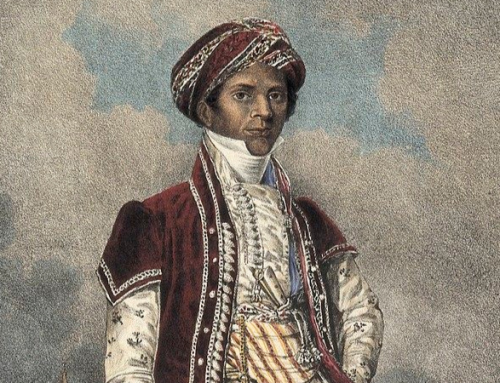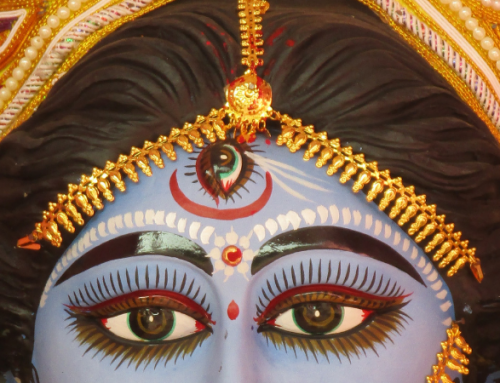Going on Yatra
The first half of October found me participating in the 2017 Namarupa Narmada Yatra.
A yātrā (‘journey’, ‘procession’) is a pilgrimage, and pilgrims are (etymologically) those who come from “other lands”, not as migrants but as penitents searching for a more direct connection to the realm of the blessed. Pilgrimages are voyages to holy places, including places of worship, sacred mountains, the confluences of sacred rivers, and the origins of those rivers.
The traditional Narmada Yatra is actually a parikrama, a circumambulation of the entire river, a distance of approximately 2,600 km which was traditionally meant to take more than three years to complete, though it can be done on foot in six months at the rather leisurely pace of 15 km/day, and in a vehicle in a fortnight (at the bone-jarring pace of nearly 200 km/day).
Though our yatra was not a complete parikrama we at least saluted its source at Amarkantaka, and began and ended at the same location, in Indore, which enabled side trips to the holy city of Ujjain and the deserted city of Mandu north of the river, and to the Kanha National Park and the hill station of Pachmarhi to the river’s south. This route permitted us to visit the two jyotirlingas of Mahakaleshvara and Omkareshvara, and to bathe in the young Narmada where it begins; it was greatly satisfying to take a dip in the Dudh Dhara waterfall just a short drive from Amarkantak, directly in front of a cave in which the incredibly irritable Rishi Durvasas had once performed penance.
Ours was a modern-day yatra, with abundant tasty food and night halts at comfortable hotels and none of the difficulties of yatras past, inconveniences that included an obligation to travel barefoot without any vehicle (and some sources say without even an umbrella). In the past a yatra was a serious penance that many people embarked upon not expecting to survive, a reality that was enlivened for me earlier this year as driving near Gangotri we gazed at sheer cliffs above a foaming Bhagirathi and thanked providence for a paved road. Slipping off the side of a hill was but one of the dangers lurking along the Himalayan yatra paths of earlier days, others being uncertain availability of food, fuel, and shelter; the possibility of encountering robbers and diseases at any moment; and the chance of being swept away by an avalanche (or, perhaps worse, being marooned by it to die a slow death by thirst or starvation).
Though these dangers were less during the course of the traditional Narmada Parikrama, with provisioned pilgrim rest stops every few kilometers, it had its own hazards, including the certainty (part of the tradition) that at one stage the Bhil tribals would divest one of almost all one’s possessions, as a reminder that one should be as free of possessions as possible on this perambulation. The greatest tapas surely consisted of maintaining ardent commitment to the experience as one trudged along on foot for more nearly forty months, rain or shine, wearing whatever clothing and subsisting on whatever meager nutrition might be had from donors. Rightly accomplished, such privation offered the bliss of a purified awareness as its reward; the word narma-da literally means “she who gladdens, exhilarates”.
In truth on any yatra the journey itself is at least as important as the destination, for the tribulations of the trek are acts of purificatory penance, and the approach to the terrestrial goal is (or should be) mirrored within in a progressively closer approach to the divine. A well-performed pilgrimage is moreover an epitome of a well-lived life, a progressive peregrination along one’s personal dharma-trail that should lead from untruth into truth, from darkness into light, and from the mortality of the flesh into the immortality of the spirit. Jai Ma Narmada!


